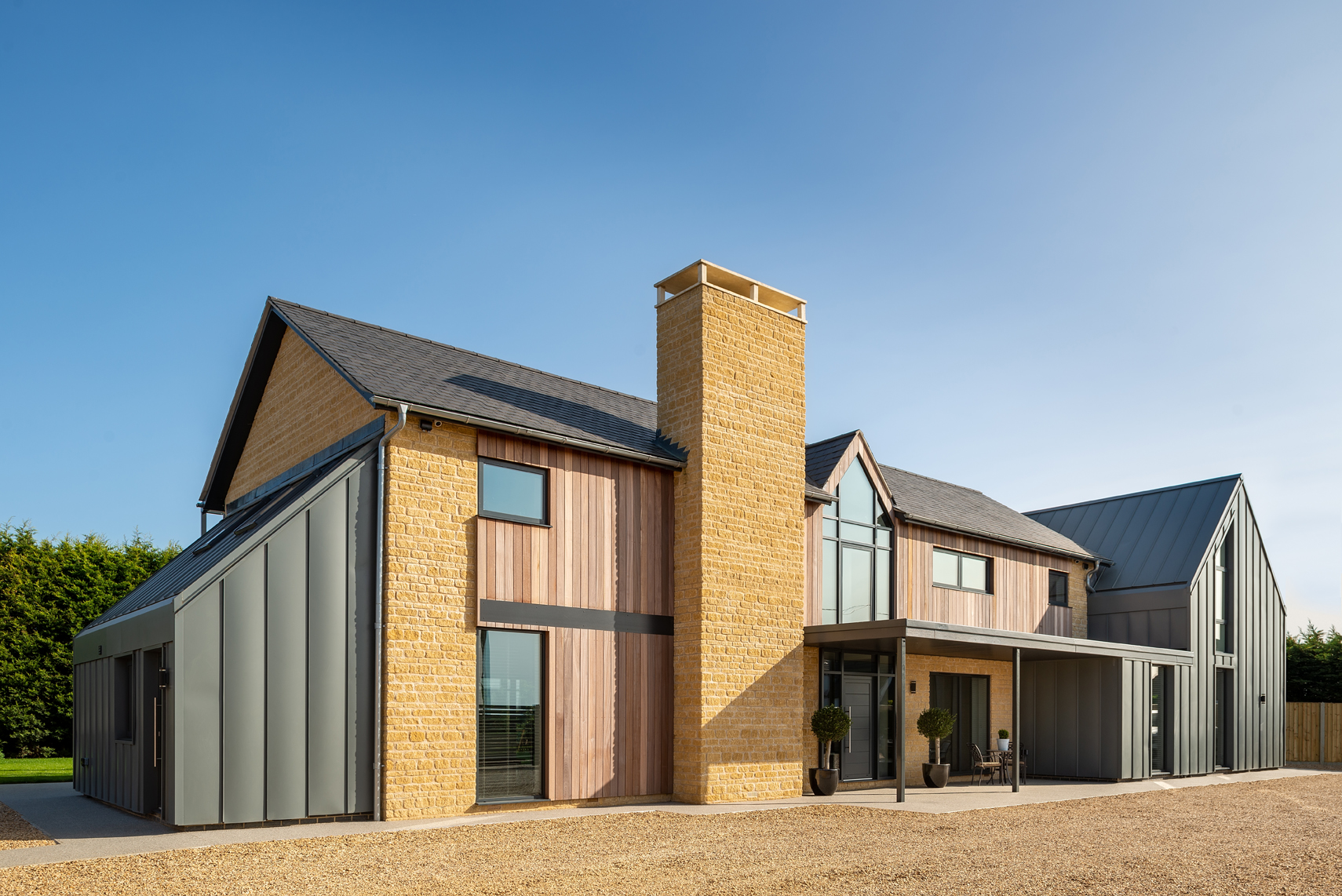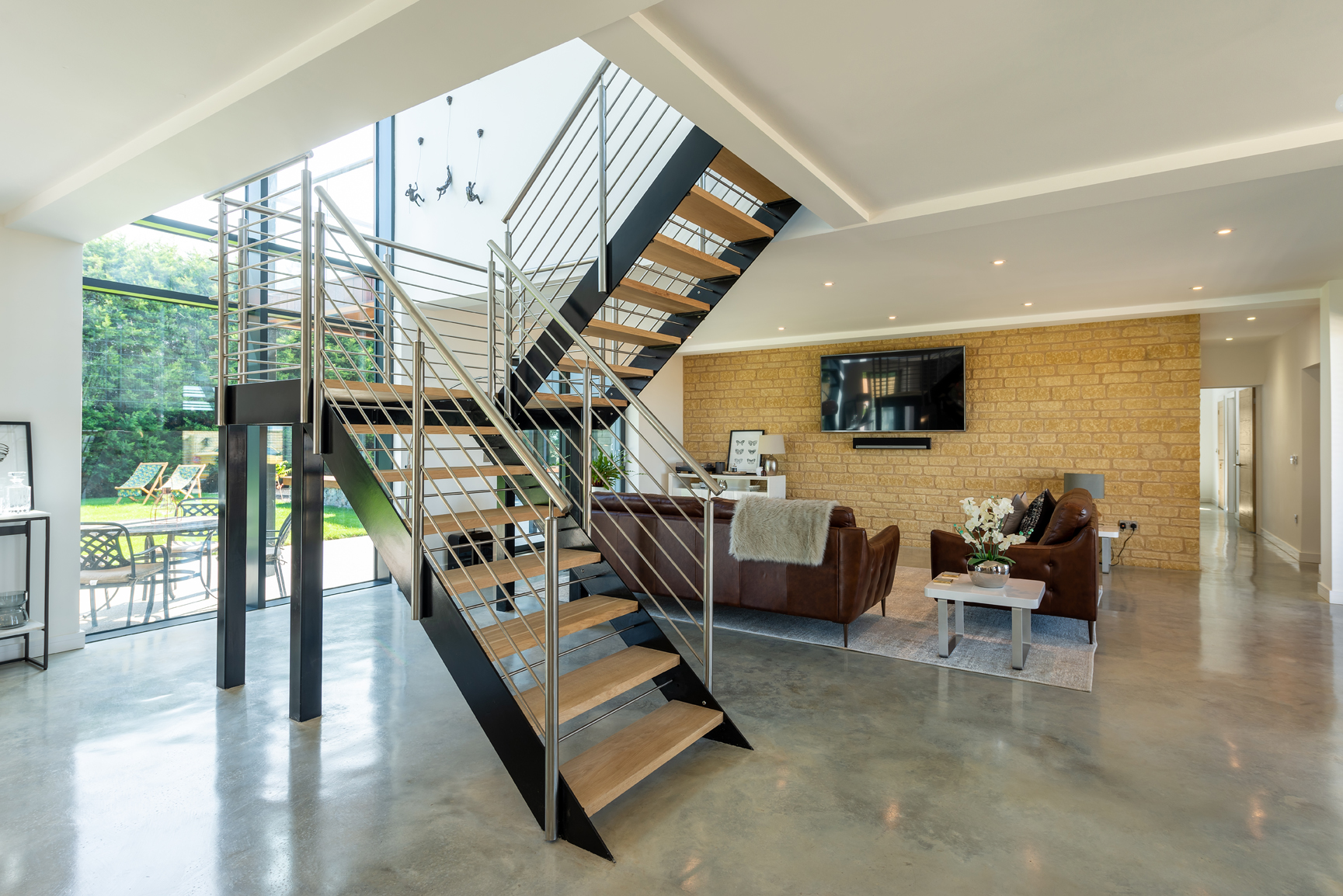Architectural Technologists: How Do They Compare to Architects?
An architectural technologist is another option to consider to design your home. Here's how they compare to architects and what they can offer your build project

Have you considered an architectural technologist for your build? While ‘architect’ is often used as a catch-all term by self builders, there’s a handful of professionals, including architects, chartered architectural technologists and house designers, that can offer you architectural services for a range of projects, including renovations, extensions and self builds.
In this quick guide, we delve into the key differences between architectural technologists and architects; however, it’s worth keeping in mind that these are generalities across the industry.
The skills on offer from individual architects, technologists or practices will differ depending on experience and expertise, so keep an open mind when researching your build team and, when in doubt, look to examples of previous work and reviews before making your decision.
What is an Architectural Technologist?
The Chartered Institute of Architectural Technologists (CIAT), the industry body for the profession, describes the discipline as: “focusing on the design of buildings and their production and performance through the process, management and integral use of technology.”
According to CIAT, chartered architectural technologists:
- are qualified to offer design services and manage projects from inception to completion
- lead the technological design of a project; forming the link between concept, innovation and realisation
In order to become a member of CIAT, and use the letters MCIAT after their name, individuals need to have to either completed an accredited degree, Higher National Diploma or the S/NVQ4 in Architectural Technology. This then needs to be followed by practical and evidenced experience, with competence demonstrated at a formal interview.
As architectural technicians and non-chartered architectural technologists do not have to be registered with CIAT, they may not hold the necessary academic qualifications or skills and experience to carry out satisfactory design services. It’s always worth checking to see that they are qualified.
(MORE: Find an architectural design expert in your area)
What Can an Architectural Technologist Do?
A chartered architectural technologist will be able to:
- create a design for you based on your brief
- submit your plans for approval
- work with the other professionals involved in the build
- act as a project manager
- deal with the day-to-day running of the project
The extent of their involvement depends on what you want from them and also, partly, on your budget.
The skills of chartered architectural technologists tend to sit somewhere between the creative side of building design (the bit that architects usually specialise in) and in building science, engineering and technology.
Although it can be difficult to draw a definite line between what a chartered architectural technologist can offer and the skills of an Architect, as a guide, Architects are usually more design led.
Chartered architectural technologists, on the other hand, have often had more experience and training in the science and technology of a building — how a building is put together and the complexities of the construction and materials being used.

What's the Difference Between an Architect and a Architectural Technologist?
Architects undertake training in areas such as civil law, contract law, planning policy and building regulations. An architect's code of conduct also requires them to have Professional Indemnity Insurance as standard.
Being able to call yourself an 'architect' is protected by statute and can only be used by those accredited in the professions.
The term architect can only be used by professionals who have successfully completed seven years’ training and are registered with the Architects Registration Board (ARB). Most will also be Chartered Members of the Royal Institute of British Architects (RIBA).
If you have very firm ideas of how you want your project to look, but are still undertaking a renovation or conversion that will involve a large amount of structural calculations, then a chartered architectural technologist may be the way to go.
If you are after a one-of-a-kind, innovative design, then it could be that an Architect is your best bet.
However, many chartered architectural technologists will be very creative and fully capable of producing eye-catching and innovative designs on top of being more scientifically led. Likewise, architects are likely to be highly technical in their approach.
Do your research, look at their previous work and ideally speak to past clients about their experiences of working with them. In some instances, there may be very little difference in what an architect can offer you versus an architectural technologist.
How Much Will a Chartered Architectural Technologist Cost?
The idea that using a chartered architectural technologist will be cheaper than using an architect isn't a universal truth, but in some instances, this may prove to be the case,
The cost will depend on multiple factors, including:
- project complexity
- scale
- location
- level of involvement required
There are three main ways to approach the cost:
- agree a fixed price for some (or all) key stages, such as design concepts, planning, construction drawings and full tender drawings
- agree an hourly or daily rate
- agree a percentage of the build contract
Get the Homebuilding & Renovating Newsletter
Bring your dream home to life with expert advice, how to guides and design inspiration. Sign up for our newsletter and get two free tickets to a Homebuilding & Renovating Show near you.
Natasha was Homebuilding & Renovating’s Associate Content Editor and was a member of the Homebuilding team for over two decades. In her role on Homebuilding & Renovating she imparted her knowledge on a wide range of renovation topics, from window condensation to renovating bathrooms, to removing walls and adding an extension. She continues to write for Homebuilding on these topics, and more. An experienced journalist and renovation expert, she also writes for a number of other homes titles, including Homes & Gardens and Ideal Homes. Over the years Natasha has renovated and carried out a side extension to a Victorian terrace. She is currently living in the rural Edwardian cottage she renovated and extended on a largely DIY basis, living on site for the duration of the project.

